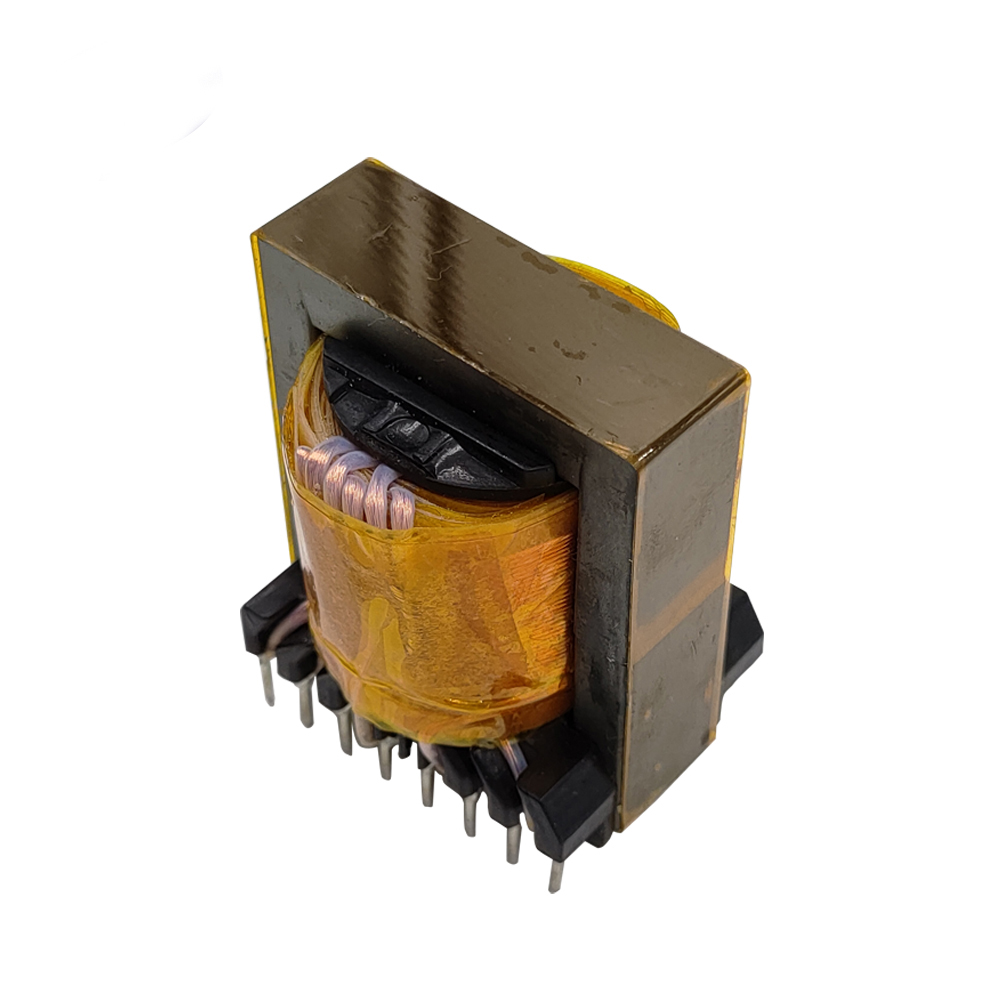What happens when a transformer blows?
When a transformer blows, it means the transformer has experienced a failure that prevents it from functioning properly. This can result in a loss of electrical power to the area it serves and potentially cause safety hazards. Here’s a detailed explanation of what happens and the consequences:
Causes of Transformer Failure
-
Overloading:
- Excessive electrical demand can cause overheating and damage the insulation within the transformer, leading to a failure.
-
Electrical Faults:
- Short circuits or ground faults can create excessive current, damaging the transformer.
-
Lightning Strikes:
- High voltage surges from lightning can damage the transformer’s windings and insulation.
-
Wear and Tear:
- Over time, transformers can deteriorate due to aging, leading to insulation breakdown and mechanical failures.
-
Environmental Factors:
- Extreme temperatures, moisture, and contamination can affect the transformer’s components and lead to failure.
-
Manufacturing Defects:
- Poor quality materials or manufacturing defects can cause premature failure.
What Happens During a Transformer Blowout
-
Sudden Loss of Power:
- The immediate effect of a transformer blowing is a loss of electrical power to the area it serves. This can result in blackouts or power outages for homes, businesses, and infrastructure.
-
Loud Noise and Visual Effects:
- When a transformer blows, it often produces a loud bang or explosion-like sound. There may also be visible sparks, smoke, or flames.
-
Safety Hazards:
- A blown transformer can pose serious safety risks, including fire hazards and the release of toxic substances like oil and gas used in transformer cooling.
-
Equipment Damage:
- The electrical surge associated with a transformer failure can damage connected electrical equipment and appliances.
-
Service Disruptions:
- Power outages caused by transformer failure can disrupt essential services like heating, cooling, lighting, and telecommunications.
Response to a Blown Transformer
-
Utility Company Actions:
- Utility companies typically respond quickly to transformer failures by dispatching repair crews to the site. They may replace the blown transformer or reroute power from other parts of the grid to restore service.
-
Safety Precautions:
- Utility workers and emergency responders follow strict safety protocols to handle the situation safely, including shutting off power, securing the area, and managing any fires or hazardous materials.
-
Restoration of Power:
- Depending on the extent of the damage, restoring power can take from a few hours to several days. Temporary power solutions might be used until a new transformer is installed and operational.
Preventive Measures
-
Regular Maintenance:
- Routine inspection and maintenance of transformers can help identify and address potential issues before they lead to failure.
-
Load Management:
- Proper load management ensures transformers are not overloaded, reducing the risk of overheating and failure.
-
Surge Protection:
- Installing surge protection devices can help protect transformers from lightning strikes and electrical surges.
-
Upgrading Infrastructure:
- Replacing aging transformers and upgrading electrical infrastructure can improve reliability and reduce the likelihood of transformer blowouts.
Summary
When a transformer blows, it results in a sudden loss of power, safety hazards, potential equipment damage, and service disruptions. The causes can range from overloading and electrical faults to environmental factors and wear and tear. Utility companies respond with repair crews to restore power and ensure safety, while preventive measures like regular maintenance, load management, and surge protection can help mitigate the risk of transformer failures.
E-MAIL: pxsales3@goldeneagle-cn.com
Phone: +86-18979985376
NAME: JUDY










